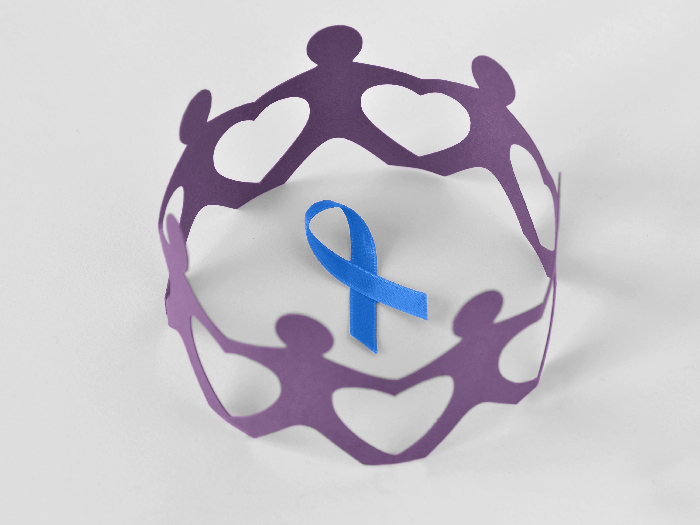A new home urine test could revolutionize the way we diagnose and treat prostate cancer. A team of researchers from the Norfolk and Norwich University Hospital and the University of East Anglia has developed a urine test that can identify aggressive prostate cancer. Not just that, it can also predict treatment requirements five years earlier than the current methods. [1]

Prostate cancer is among the most common cancer among men. At present, the most common diagnostic tool for diagnosing prostate cancer involves either a biopsy or multiple steps that include blood tests, a digital rectal examination, an MRI scan or a biopsy. The cancer usually develops slowly and most patients do not require any treatment. However, determining whether or not a tumor will become aggressive has been a challenge. Most patients have to go through biopsies and invasive follow-ups in their surveillance period.
The experimental urine test, known as PUR or the Prostate Urine Risk, simplifies this process by diagnosing through a simple urine test. The team examined the 167 genes in urine samples. They found 35 gene combinations that could be used to diagnose the cancer. The test can also tell us if the patient requires treatment within five years. Hence, there is no need for invasive or repeated tests.
